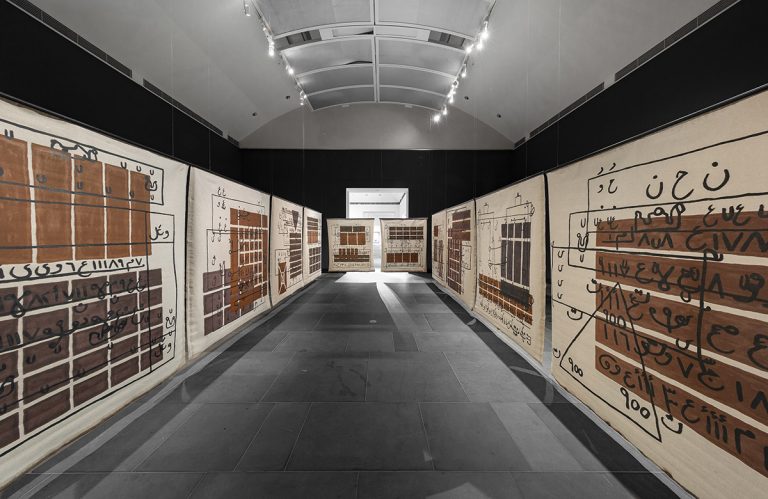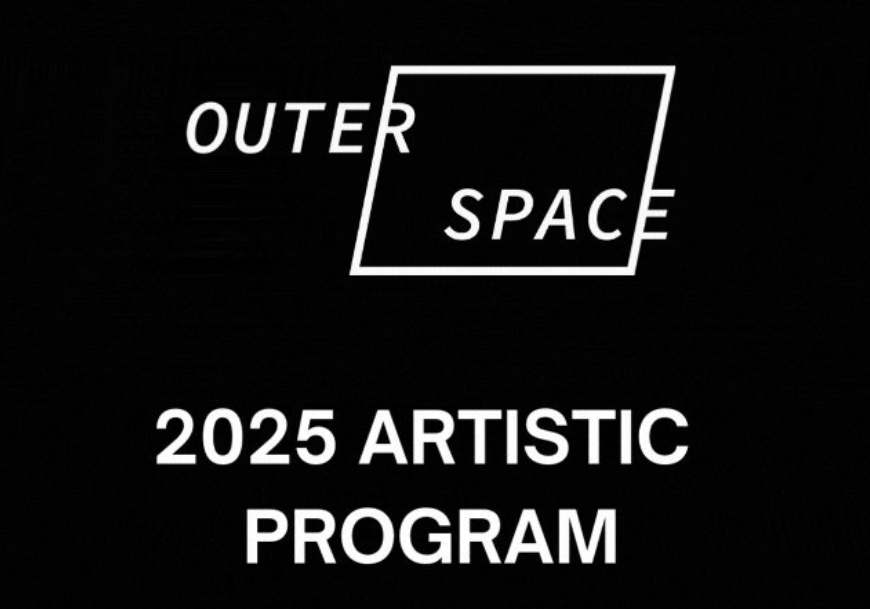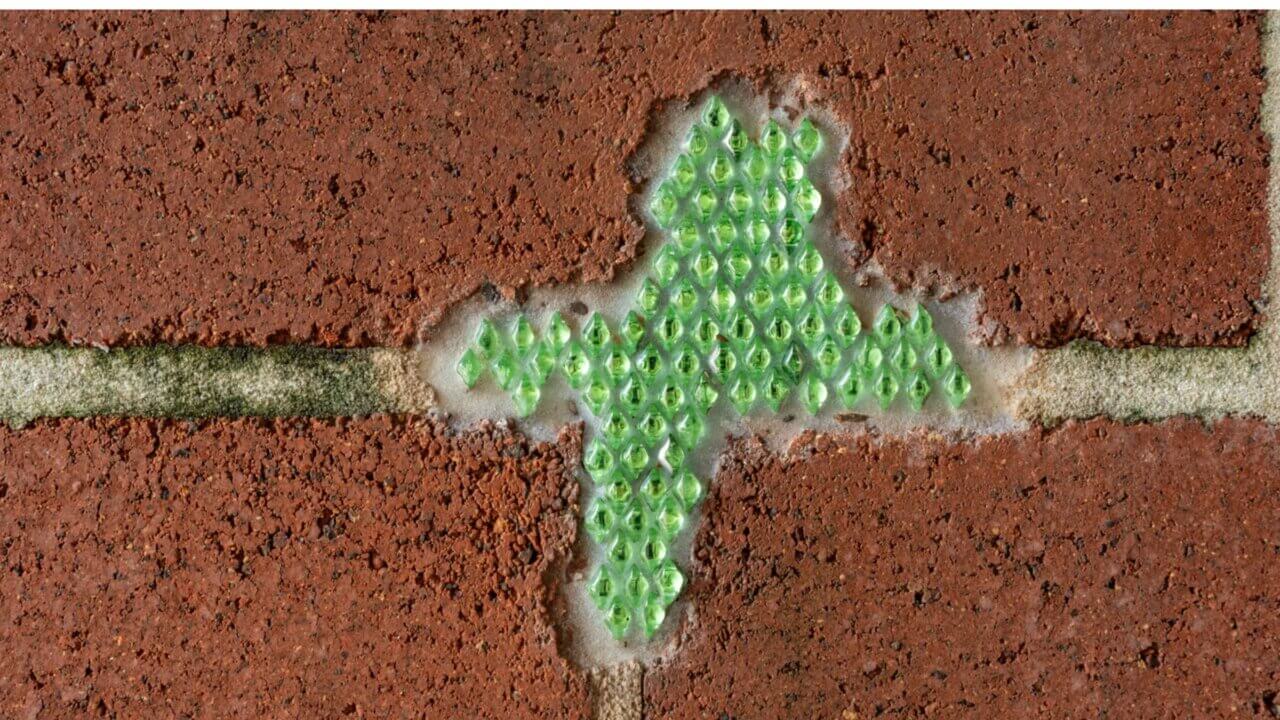
5:49PM. The sun disappears below the horizon of the Gold Coast Highway and the neon signs flicker to life. The textual message is saturated with light. At a glance, we fail to see text, only images. What would it mean to lift the text from the plethora of signs that illuminate the skyline? The context of the written word dictates what we see, be it text, image, or a flickering in between. As an audience of images we are disciplined to capture only a glimpse of the details. The branded logo, the icon, the word-image connects via a short circuit, feeding unabridged information to the brain. The signifier escapes us, subsumed by the signified.
Subject Line.
Language as material is a reminder that there is a specificity to certain meanings, a time and a place, a history and a future, a trace and a vector, a chance of being otherwise.[1]
Subject Line examines the dislocation of the word-image: a grouping of three artists whose work repositions the context of visual language by punctuating the divide. Tallara Gray presents a direct relocation of recycled visual signage in her works Arrow 1.0 and Locate 6.0 (the two words). Gray’s plywood letters are carefully aligned to expose the differentiating material qualities of the text. An optical push/pull occurs between the stylised text of Locate and LOCATE, sharpening the eye to the cognitive rules that govern visual language. Similarly, the white text lies in camouflage along the white walls of the gallery, priming the audience for the reframing of visual language, coercing them to look closer.
For Michelle Gunther, the function of the word-image is always subject to fabrication. Gunther experiments with the delivery and reception of text in order to expose its mediation. In her work The Australian, 23 – 29 April 2014, Gunther strips the text from its original role as a headline. The work is composed of six digital projections where each video contains the news headlines from a daily publication of The Australian. Font set to default, the words are cleansed and fabricated until the text is so far removed that it floats in an abyss – like the ghost of a sardonic punch line.
Joshua White presents a series of sixteen photographic images for his work The World I Love is Dying. As a visual journalist, White’s photographs have the potential to perform the role of critical text. This positioning shifts our standards toward the photograph to account for the authenticity of the journalist: a documenter of un-staged life events. White’s photographs vocalise his pursuit of hard visual matter. The visceral details remain potent beneath the surface of the photographic image.
Traditionally the gallery is one of the few places where the image is privileged over the written word. With regard to current archival trends within contemporary art and curatorial practices, it is evident that the privileging of the image is under critique. Grey, Gunther, and White operate within the interzone where the boundaries of the word-image grow more and more porous. Their works test the conventions of the gallery and disturb the hierarchy between image and text. In doing so, their precise visual manipulations allow us to see the subject anew.
Written by Kate O’Connor
From the exhibition Subject Line, 14 – 28 March 2015 at The Walls Art Space
Image: Tallara Gray, ‘Locate 6.0’ 2014, plywood, acrylic paint, found objects, 98 x 48 cm
[1] Astrid Lorange, ‘On language as material’, Das Super Paper, vol.33 (November 2014): 36.









